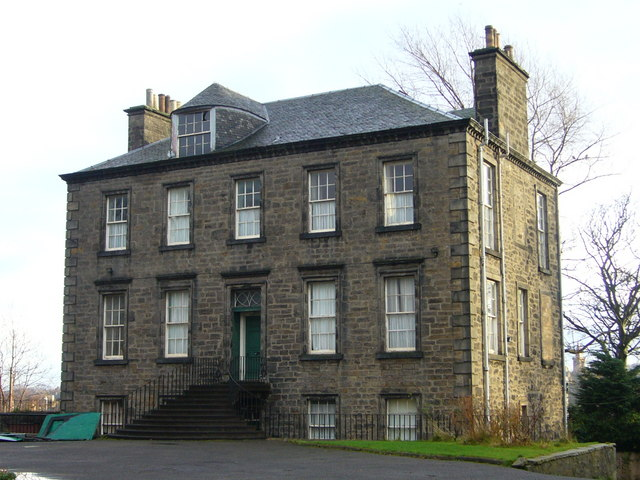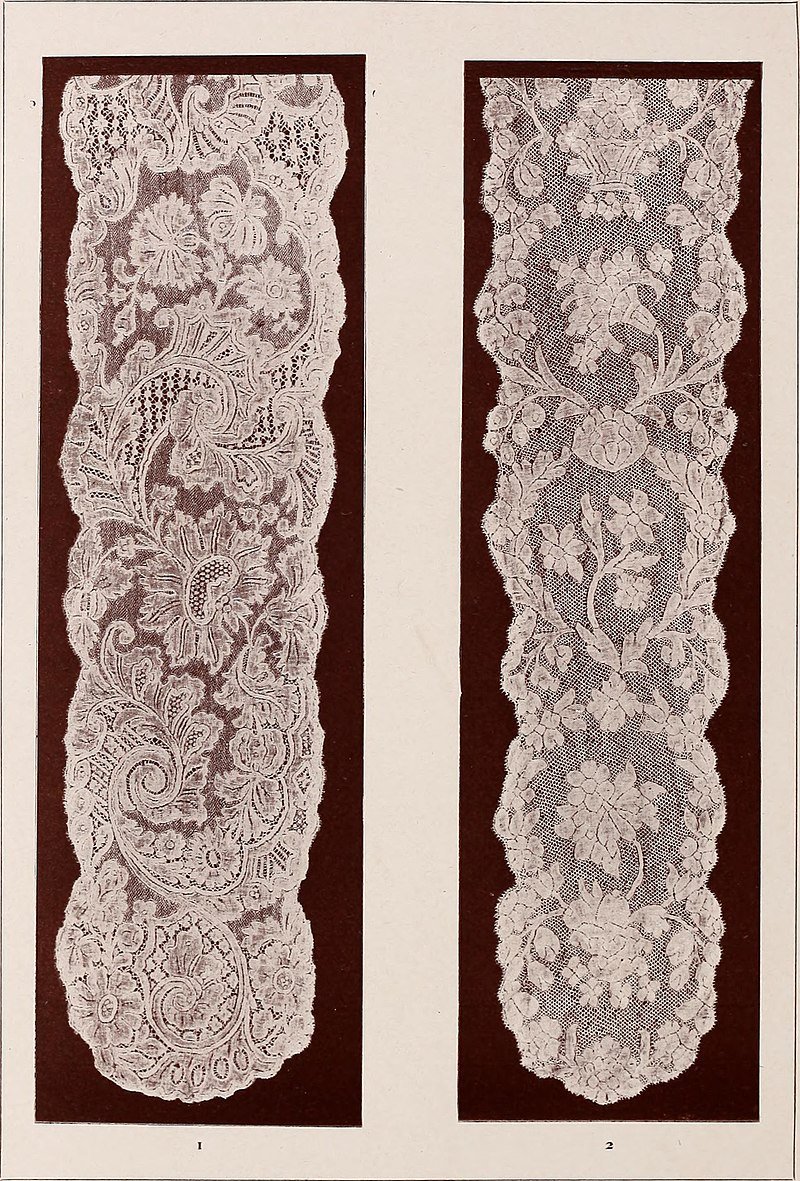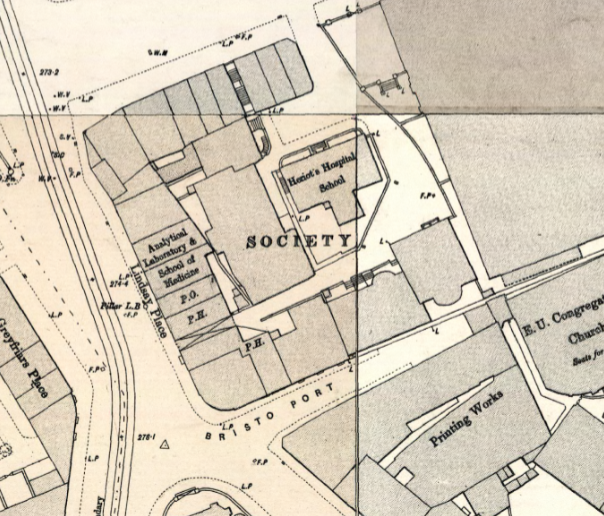that the Monarchy and Presbytery agreed as well as God and the Devil. These are seeds being sowed by James that will come to haunt the Stuart kings in decades to come.
sight of personal danger nor the partiality of maternal affection could subdue"
do us no harm.”






















